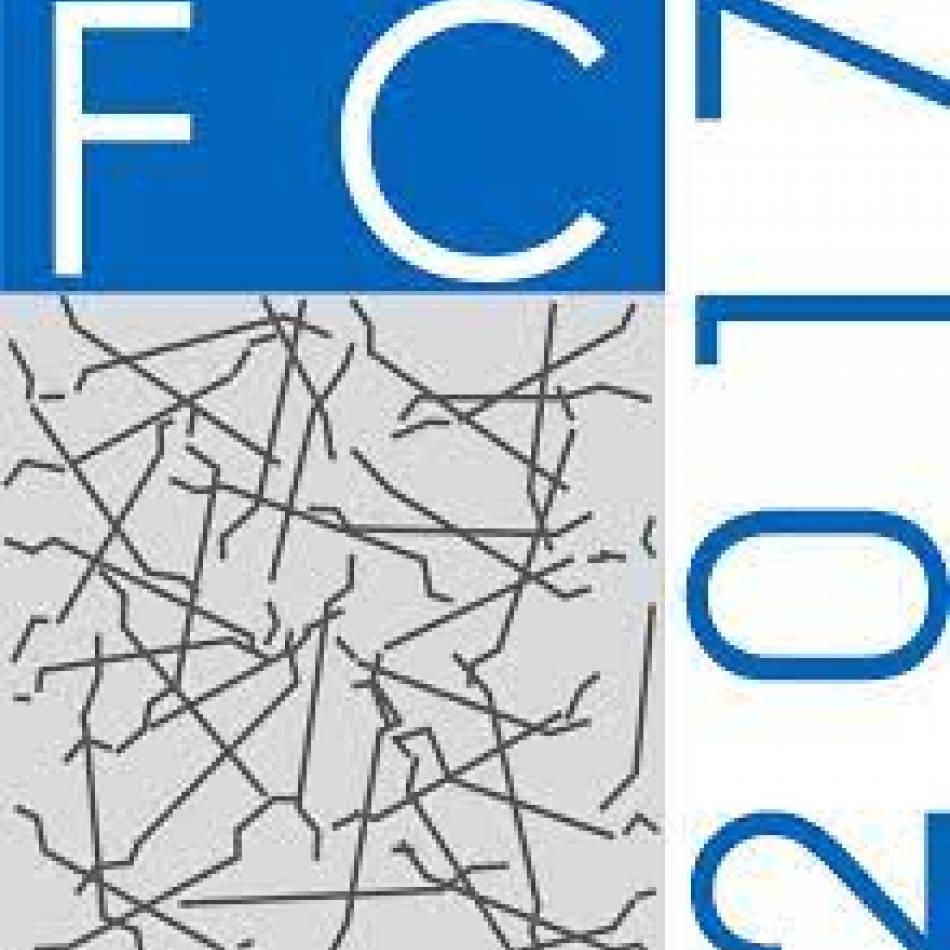Fibre reinforced concrete has become a widely used material since the end of the 20th century. The uniformly distributed steel or macro synthetic fibres in the concrete structures can give the concrete a residual flexural strength after the first cracks. The different behaviour of materials subjected to different loading rates is a well-known phenomenon, both with steel, synthetic and concrete materials. Standards usually present a recommendation for the loading speed in for different tests. Concrete elements show higher performance due to the high speed of loading or impact loads, their fracture energy and therefore their overall capacity appears greater than the specimens loaded at standard speeds. Fibre reinforced concrete structures are widely used in tramlines and railways, where the speed of the loading is high and therefore of impact by nature. It is important to know what the effect of this high speed loading is for fibre reinforced concrete structures: do these structures have additional capacity, or has the designer overestimated their performance? This article will present an investigation into the effect of the loading rate on case of using fibres with different materials in concrete beams.
#FC #FC2017 #loadingrate
